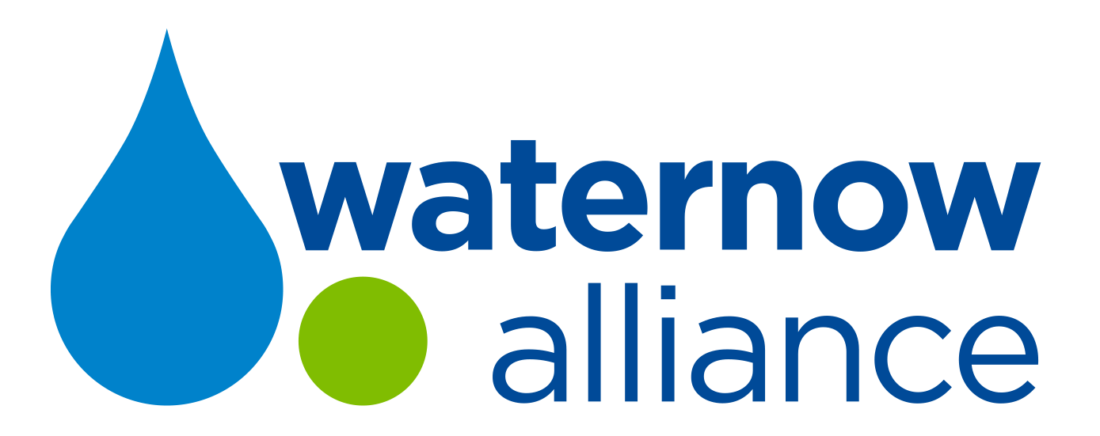It is no secret that in order to tackle its ongoing and future water challenges spanning drinking water, wastewater, and stormwater systems, the nation needs to significantly increase its investments in water infrastructure and management solutions. Facing ever-increasing stressors on water systems—aging infrastructure, drought, flooding, contaminated runoff—communities are looking for ways to build sustainability, create resilience to climate change, protect water quality, and equitably secure local water supplies for everyone. Localized water infrastructure (LWI)—distributed systems that extend beyond centralized water infrastructure and are located at or near the point of use—offers these sustainable, resilient, and equitable solutions. LWI includes improvements, devices, and technologies installed onsite that enhance a utility system by deferring or delaying the need to expand centralized systems or reducing the scale of expansion needed. LWI’s full potential remains untapped.
To jumpstart the journey and explore the legal and policy reforms needed to address barriers to more widespread financing and implementation of innovative, localized water strategies, in September 2019, the University of California, Irvine School of Law Center for Land, Environment, and Natural Resources (CLEANR) and WaterNow Alliance convened a workshop roundtable to bring together water policy experts, including leaders at the forefront of implementing such strategies for a dialogue around community successes, lessons learned, and the financial, legal, and policy solutions needed to advance public water utilities’ full-scale adoption of LWI. Building on these deliberations, CLEANR and WaterNow’s new report makes nine recommendations to overcome the financing, institutional, and legal & policy barriers to large scale adoption of LWI:
- Access municipal bonds for LWI
- Establish dedicated revenue streams for LWI
- Prioritize LWI projects for federal & state grants and loans
- Leverage state & federal tax codes
- Develop new decision support tools
- Create alternative water service business models
- Create new pathways for collaboration
- Create new laws and policies to support LWI
- Update existing laws and policies to clear barriers to LWI
The report also identifies roughly two dozen achievable, practical action items local water agencies, as well as state and federal governments, non-governmental organizations, and universities can take to make these recommendations a reality.
LWI implementation at scale is possible. Public utilities have access to mechanisms to finance large-scale LWI investments just as they do for conventional infrastructure. The tools to counteract the institutional inertia that keeps the bulk of water utilities’ resources and decision making flowing exclusively towards conventional approaches are already available or are readily achievable with the support from water industry partners, NGOs, and academia. Finally, a growing number of federal, state, and local policies that authorize, incentivize, and prioritize LWI provide solid models for other communities as they work to shift towards these sustainable, resilient water resource management options.

